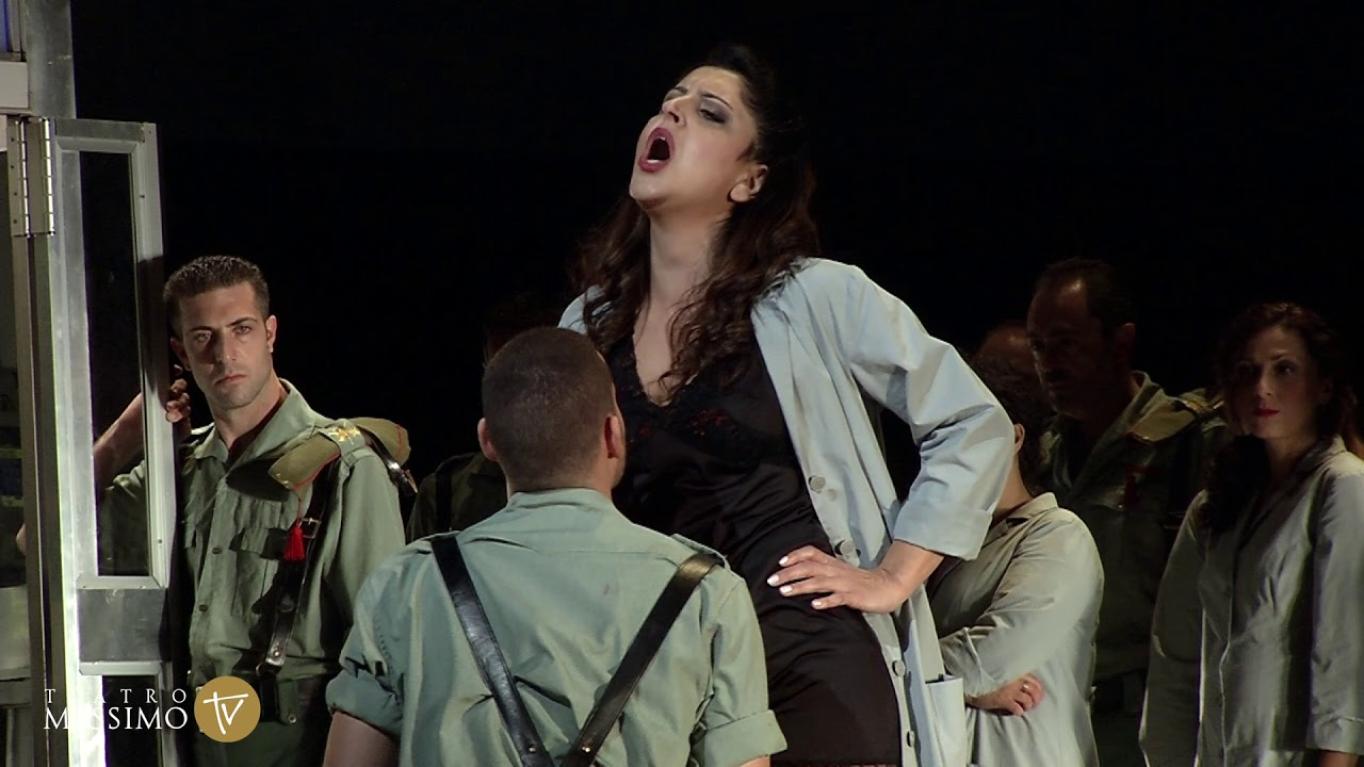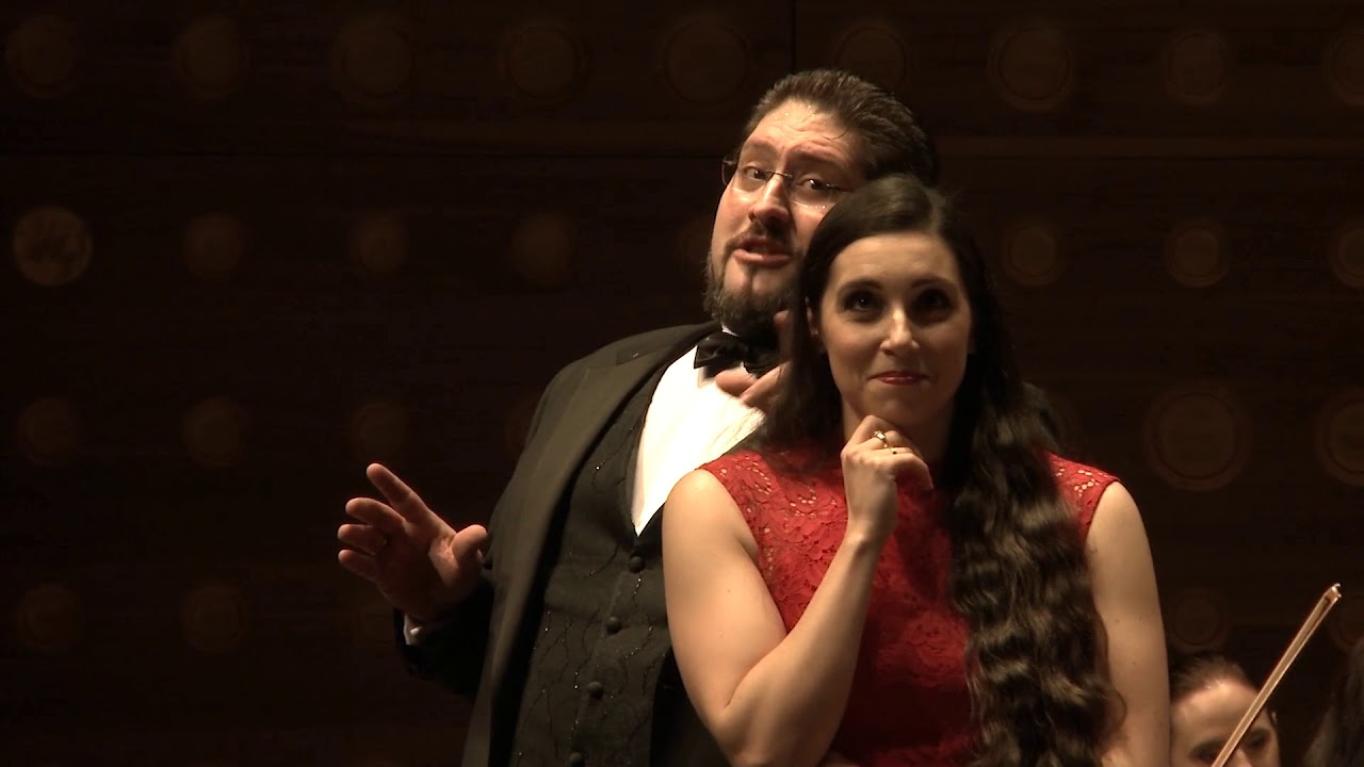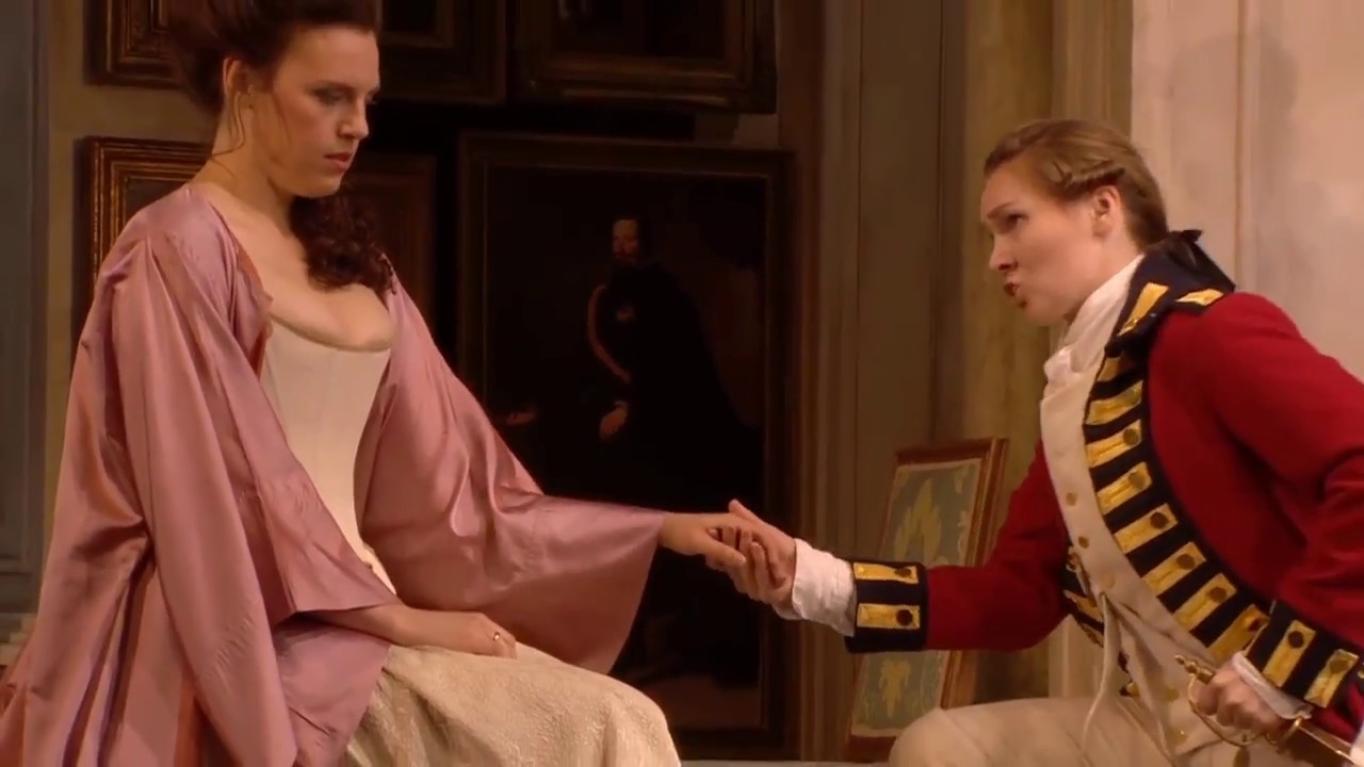

Summer hits: mezzo-soprano
Carmen - the ultimate mezzo?
She’s proud, she’s passionate, she’s provocative… she’s a mezzo-soprano. While mezzo-sopranos typically sing secondary roles in operas, there are notable exceptions include the title role in Bizet’s Carmen. The aria 'Love is a rebellious bird' is world famous.
Carmen sings about love and how it cannot be tamed as she plays with the hearts of the soldiers on the square.
Mezzo - somewhere in the middle?
Mezzo-soprano' or 'mezzo' is a type of classical female singing voice whose vocal range lies between the soprano and the contralto voice types. Mezzo-sopranos generally have a heavier, darker tone than sopranos while their voices resonate in a higher range than that of contraltos. Their vocal range usually extends from the A below middle C to the A two octaves above, though some may extend as low as F below middle C or as high as a ‘high C’.
In the 19th century, many operas in French gave the leading female role to mezzos, including Béatrice et Bénédicte, La Damnation de Faust, Don Quichotte, La Favorite, Dom Sébastien, Charles VI, Mignon, Samson et Dalila, Les Troyens and Werther.
Just one type of mezzo?
The mezzo-soprano voice type is generally divided into three types: the coloratura, lyric and dramatic mezzo-sopranos. Rosina, in Rossini's Barbier de Séville, is a coloratura mezzo-soprano.
Mezzo-sopranos are well represented in baroque music, early music and baroque opera. Typical roles include 'trouser roles' (male characters played by female singers) such as Cherubino in Mozart's Le nozze di Figaro.



